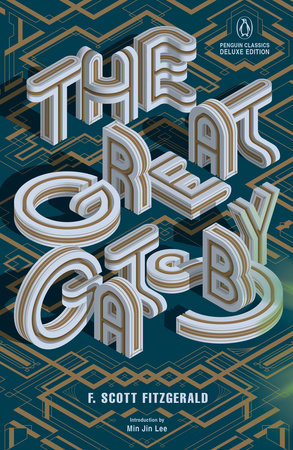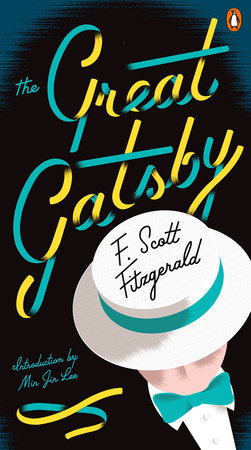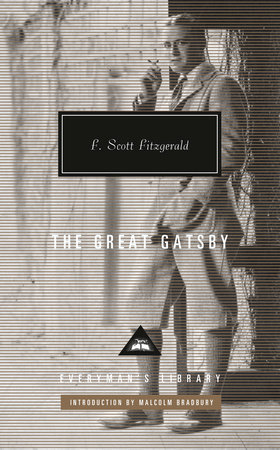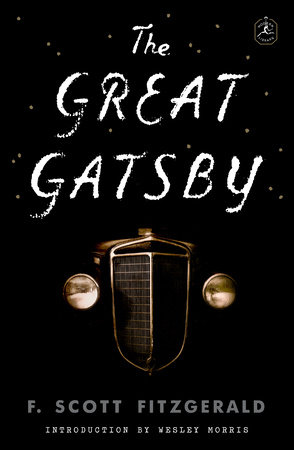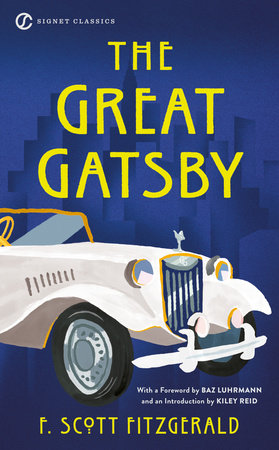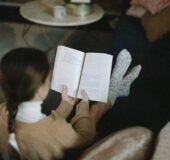The first day of every year, a fresh selection of books, films and music recordings enter what is known as the “public domain,” which refers to creative materials that are not protected by intellectual property laws. Having completed the established 95 years of copyright protection granted books registered under the U.S. Copyright Act, as of this January 1, F. Scott Fitzergald’s THE GREAT GATSBY, first published in 1925, has become a public domain literary property, which can be published or reprinted without restriction.
To commemorate the opportunity to share this classic title with the widest readership, new editions of THE GREAT GATSBY were released on January 5 by several Penguin Random House imprints in a variety of print and digital formats:
- Vintage Classics, in trade paperback and mass market editions, both with an introduction by John Grisham.
- Penguin Classics Deluxe Edition trade paperback and as a Penguin Books mass market, both with an introduction by Min Jin Lee.
- Everyman’s Library, in hardcover, with an introduction by Malcolm Bradbury.
- Modern Library, in trade paperback, with an introduction by Wesley Morris.
- Signet Classics, as a mass market paperback.
All of these new editions are also available in the ebook format.
Suzanne Herz, Publisher of Vintage/Anchor and EVP of Doubleday, comments, “The Great Gatsby is the favorite book of countless readers: immersive, propulsive, moving, hugely entertaining, and a story that speaks uniquely to the American experience. It also happens to be one of John Grisham’s favorite books, so imagine how fortunate we felt to be able to ask America’s favorite storyteller to introduce the book to a new generation.”
Elda Rotor, VP and Publisher of Penguin Classics, says, “Placing Fitzgerald’s The Great Gatsby in Penguin Classics invites readers to revisit one of the most famous novels about an outsider’s reinvention. Reading it anew, with Min Jin Lee’s compelling introduction, inspires us to, as Lee writes, ‘imagine and revise’ our own American dreams and consider how Fitzgerald’s classic, almost a century old, speaks to modern lives.”







